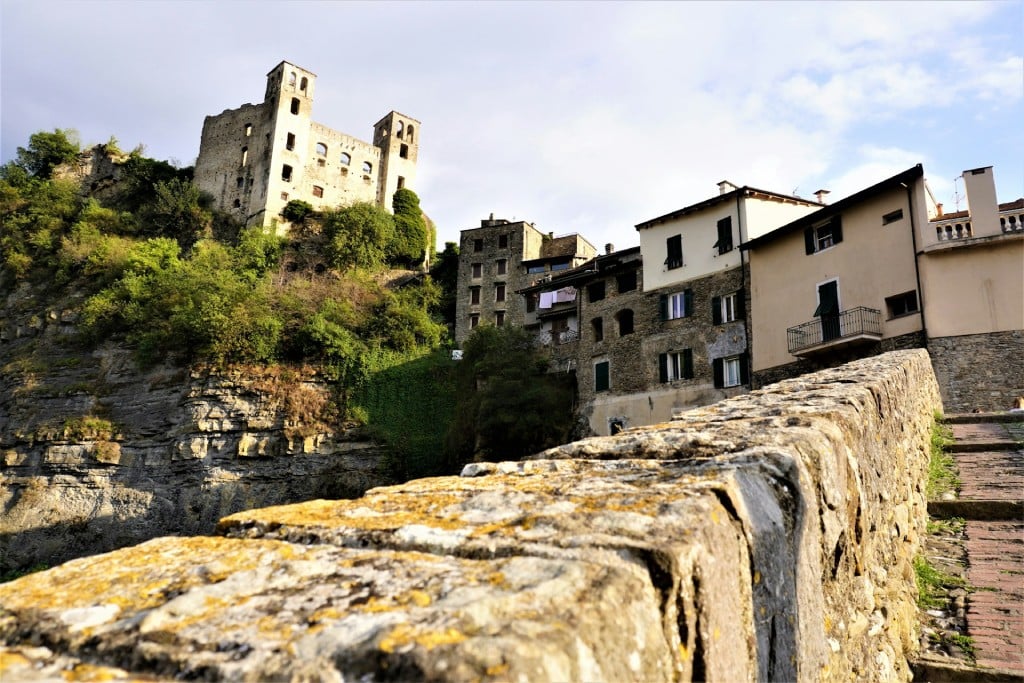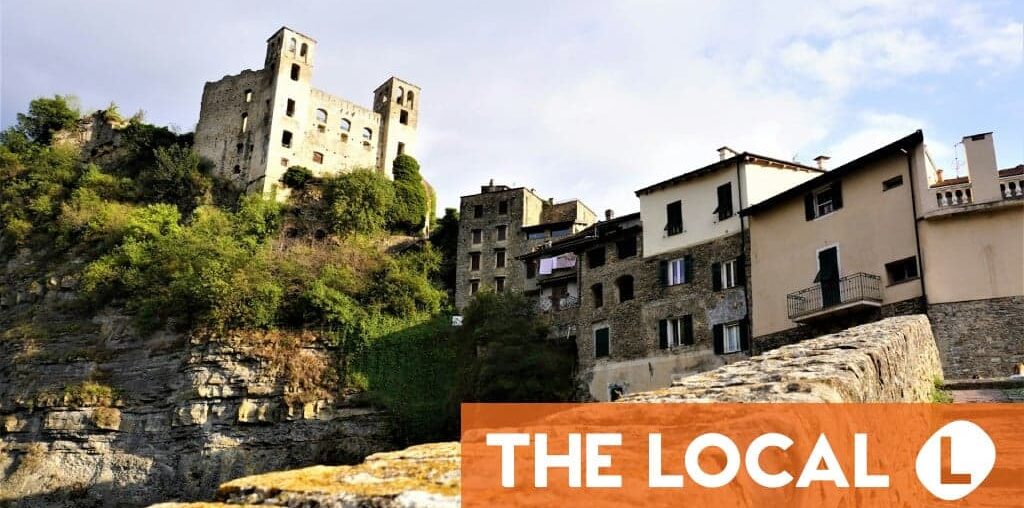
Inside Italy is our weekly look at some of the news, talking points and gossip from Italy that you might not have heard about. It’s published each Saturday and members can receive it directly to their inbox, by going to their newsletter preferences or adding their email to the sign-up box in this article.
Why aren’t Italians snapping up €1 homes?
The small village of Ollolai, in rural Sardinia, made international headlines this week after local authorities launched a new scheme offering €1 homes to Americans looking to relocate abroad following Donald Trump’s election win.
According to Mayor Francesco Columbu, thousands of US nationals have so far expressed interest in the properties on sale, with the scheme’s new online platform receiving 6,000 views within just a few hours of its launch.
But Ollolai is just one of dozens, if not hundreds, of depopulated towns and villages across Italy to have placed old, unwanted homes on the market for less than the cost of an espresso in a bid to lure new residents and revive their dying communities.
And over a decade after Salemi, Sicily, was the first Italian town to sell off abandoned homes for €1, the trend is seemingly continuing to spread like wildfire throughout Italy.
But while hundreds of foreign nationals have rushed to snatch up bargain properties in recent years, Italians have been far less interested in joining the ‘€1 buyers club’.
By local authorities’ own admission, cheap home schemes have enjoyed great popularity among foreign buyers, especially from the US, UK and Russia, but gained little traction among Italians.
And even coverage of the topic in Italian media is usually far less extensive than it is in American and British media. But why are Italians so lukewarm about the idea of snatching up cheap homes in some of the most picturesque parts of the country?
Advertisement
I believe the answer lies in at least three different factors.
Firstly, Italians are generally far more aware of how slowly the wheels of bureaucracy grind compared to outsiders. The prospect of renovating a dilapidated property, and the piles of paperwork and endless red tape required to get a construction project on its feet, are usually enough to put many off the idea.
Secondly, many are wary of state-backed schemes, especially when it comes to property. They fear that these incentives may be troppo belli per essere veri (‘too good to be true’) and they may be caught out by ‘hidden’ caveats or legal issues, and end up in a tricky financial situation.
I suspect Italy’s superbonus debacle may have further exacerbated these concerns.
Finally, Italians aren’t as easily seduced by rural life as many foreigners are. Though they may recognise the charm of living in an isolated town or village blessed by year-round sunshine, they can’t help but focus on the downsides of a vita di campagna – from few social and cultural opportunities to stripped-to-the-bone public services and scarce public transport.
Is Italy’s e-scooter clampdown ‘ideological’?
Italy’s parliament this week approved a long-planned reform of the Italian Highway Code tightening driving laws in a bid to cut road deaths.
Besides setting out harsher laws and penalties in relation to DUI, mobile phone use and speed limit violations, the bill also clamps down on e-scooters (monopattini elettrici), introducing a requirement for riders to wear helmets, fit their vehicles with licence plates and get civil liability insurance.
The crackdown, which follows a boom in e-scooter usage in major Italian cities, sparked fierce protests from rental companies this week.
Advertisement
Giorgio Cappiello, head of institutional relations in Italy for e-scooter rental company Bird, called the new rules “completely ideological”.
I would argue they are anything but.
Italy has reported a major rise in accidents involving e-scooters in recent years.
According to national statistics institute Istat, road accidents with injuries involving e-scooters totalled 3,365 in 2023, with 21 deaths – up from 2,101 accidents and nine deaths in 2021.
Furthermore, some 182 pedestrians were injured in collisions with e-scooters in 2023.
E-scooters have also been defined as as the “most dangerous means of transport” by Italy’s Onlit Transport Observatory based on data showing that around 92 percent of accidents involving monopattini result in the rider being injured.
I think the latest efforts to regulate the e-scooter sector are far from ideological – and they were long overdue.
Last year, French capital Paris banned for-hire e-scooters following a local referendum amid complaints over poor parking, dangerous user behaviour and safety.
Spanish capital Madrid in September announced it would also ban rental e-scooters citing safety concerns.
Inside Italy is our weekly look at some of the news and talking points in Italy that you might not have heard about. It’s published each Saturday and members can receive it directly to their inbox by going to their newsletter preferences or adding their email to the sign-up box in this article.

